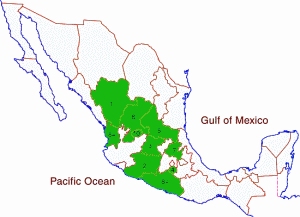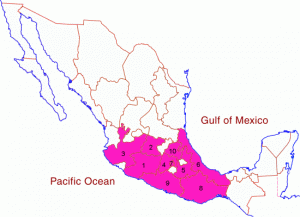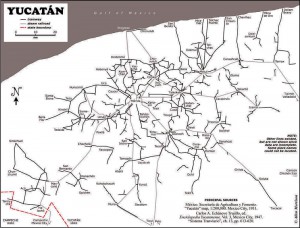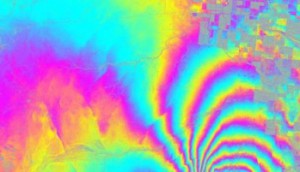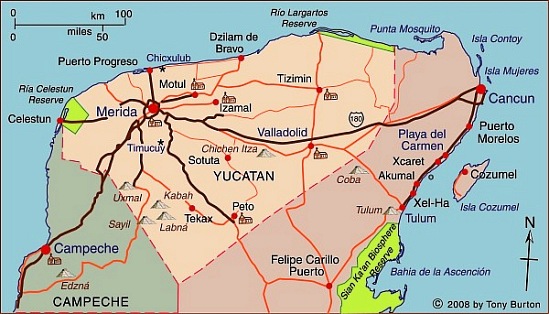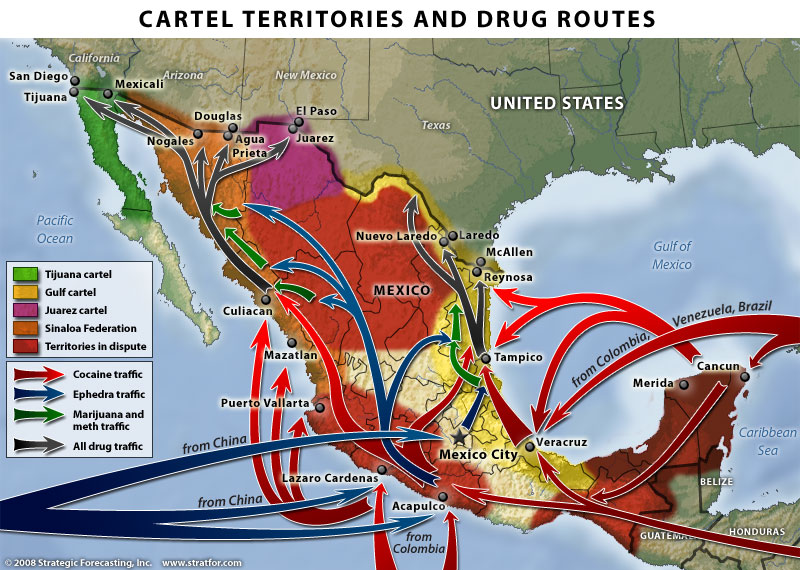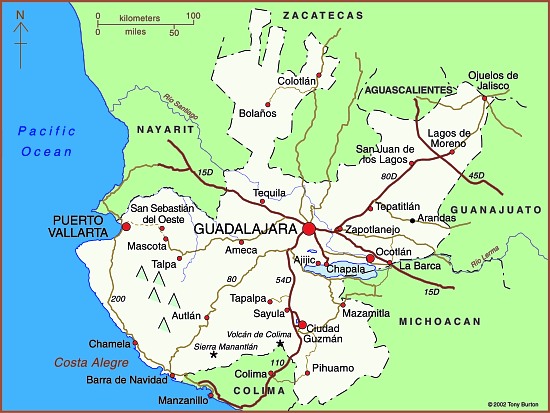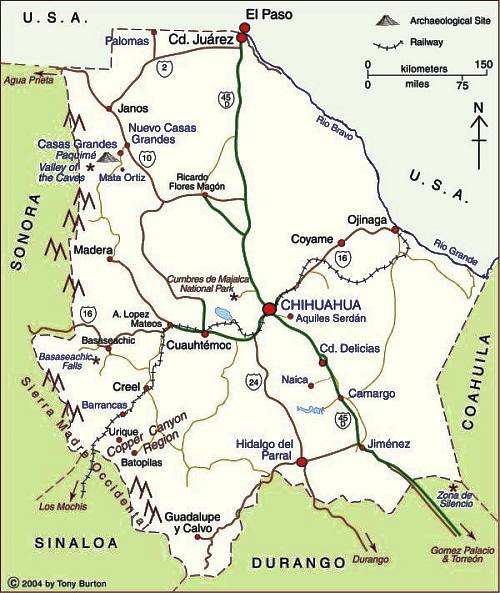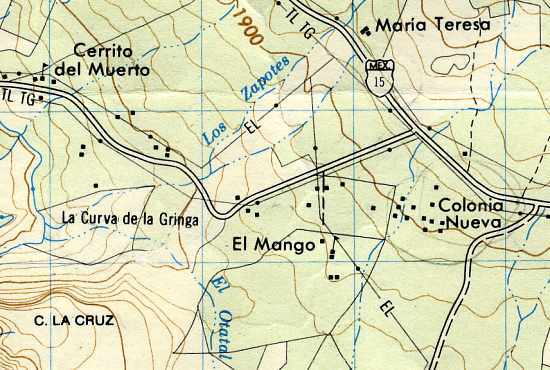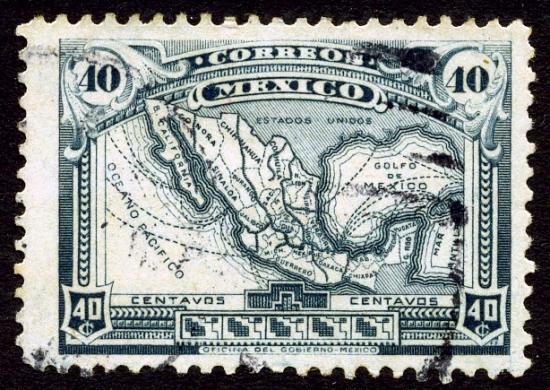The table and map show the ten states which have the highest percentage of homes receiving remittances. (Data for 2005)
| Rank | State | % of homes that receive remittances, 2005 |
|---|---|---|
| 1 | Zacatecas | 12.2 |
| 2 | Michoacán | 10.4 |
| 3 | Guanajuato | 9.6 |
| 4 | Morelos | 7.5 |
| 5 | San Luis Potosí | 7.4 |
| 6 | Durango | 7.3 |
| 7 | Hidalgo | 7.1 |
| 8= | Guerrero | 6.8 |
| 8= | Nuevo León | 6.8 |
| 10 | Aguascalientes | 6.7 |
These data portray where remittances are most critical in terms of maintaining household finances. If a high percentage of homes in a state receive remittances, that suggests that people living in the state are likely to be quite dependent on remittances.
The local economy in many towns and villages in these states may be significantly boosted by incoming remittances. These places are likely to suffer most in times of economic down-turn when the US economy is suffering, employment is harder to find, and when fewer remittance payments are sent back home.
(a) What do the 10 states where a high percentage of homes receive remittances have in common?
(b) What factors might help explain why lots of households in some states receive remittances, but only very few households in other states?
(c) Explain what is meant in geography or economics by a “multiplier effect”.
(d) Suggest which sectors of the economy would be most likely to benefit from incoming remittance payments. Try to find evidence to support (or refute) your ideas.
“Migration to the USA” is the title of chapter 26 of Geo-Mexico: the geography and dynamics of modern Mexico. This chapter provides a good introduction to the geography, history and impacts of migration and remittances. Buy your copy today!
